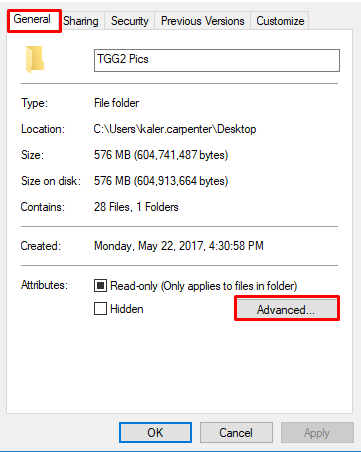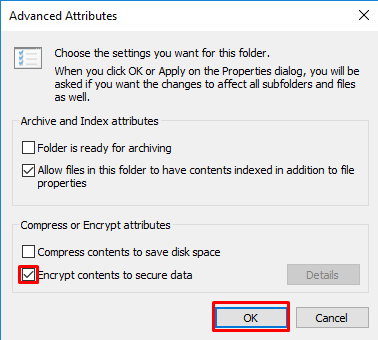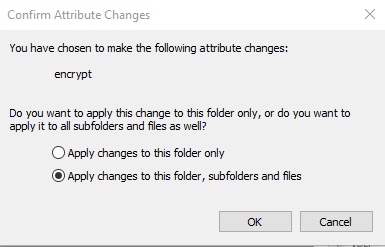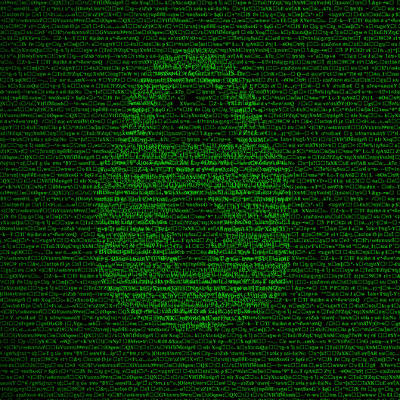Looking for a way to protect sensitive files on your PC? For Windows users, one easy safeguard is encryption.
You Hold the Key
Encryption is pretty ironclad. If a hacker accesses an encrypted file, all they’ll see is a bunch of random numbers, letters, and special characters.
If you’re the one who encrypts the file, you’ll have the decryption key which can be de-encrypt the file, and you can share it with a chosen recipient.
If Hackers Use It…
Hackers use encryption in ransomware like WannaCry. In the case of ransomware, hackers steal and encrypt your files, and then sell you the decryption key for a hefty price. That’s how powerful encryption is. Return the favor.
So how do you stay transparent within a shared work environment, but encrypted to the outside world? Easy; there is software to standardize your file encryption.
Get Started
To get started encrypting files or a folder in Windows, locate the data you want to encrypt and follow these steps:
Select the file or folder and then right-click it and go to Properties.
A new window will open. Click on the General tab and then find and click the Advanced button.

Check “Encrypt contents to secure data.” Click Apply and then OK.

Depending on if you’re encrypting a single file or a folder containing files, you may see a new window asking you to confirm how much data you wish to encrypt. Select the desired button and then click OK.

You’ll now see that your file is encrypted, as indicated by the padlock seen on your file’s icon. Done!
We All Need Comprehensive Protection
File encryption is pretty bulletproof, but not totally. We recommend it as part of a comprehensive security plan. We can help.
For additional assistance protecting your sensitive data call Quikteks at (973) 882-4644.

